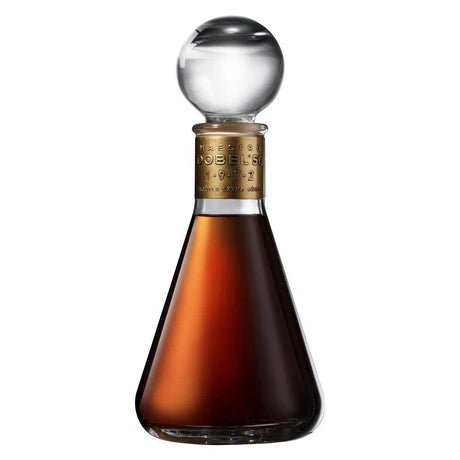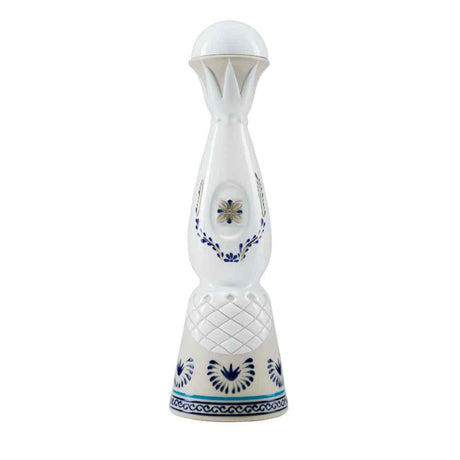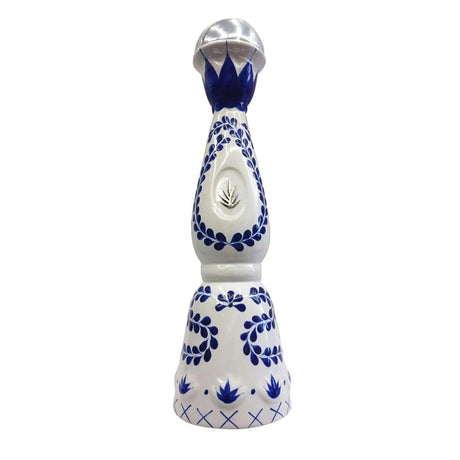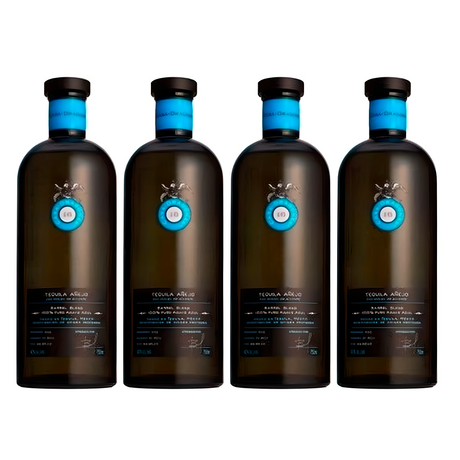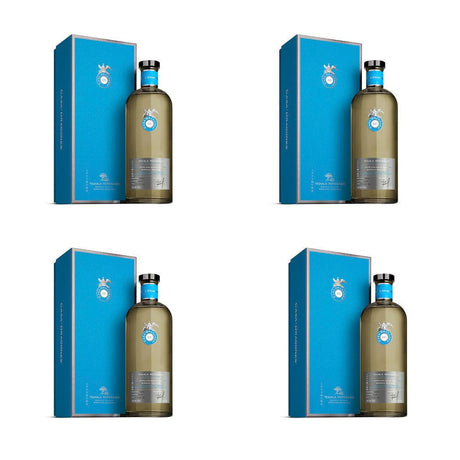When you enter the world of tequila, it's easy to get lost among labels like blanco, reposado, añejo, and cristalino. Do you really know what you're drinking? Why do some cost more than others? What does it mean for a tequila to be "reposado" or "cristalino"? Today, we'll teach you how to distinguish them like a true agave lover. Spoiler alert: not everything that glitters (like cristalino) is gold, but it can be a gem if you know how to choose wisely.
Blanco, reposado and añejo tequila: how do they differ?
Blanco tequila, also known as "plata," is the youngest of all tequilas. It's bottled immediately after distillation, or after a brief aging of up to two months in stainless steel. It's pure, with a strong flavor and pronounced agave notes. Perfect for cocktails like margaritas or for those who prefer a more straightforward taste.
Reposado tequila, on the other hand, is aged for 2 to 12 months in oak barrels. This gives it a soft golden color and more complex flavors: notes of vanilla, caramel, and wood. It's ideal for enjoying neat, on the rocks, or in more sophisticated cocktails.
Añejo tequila takes it a step further. It ages for one to three years , during which time it develops a deeper, smoother profile. It typically has a darker color, with more intense aromas of wood, cocoa, and dried fruit. If you're looking for a tequila to savor slowly, this is the one.
And the crystalline lens? Is it a different type?
Cristalino tequila may sound like a separate category, but it's actually a technique. It starts with an añejo or extra añejo tequila that undergoes a filtration process using activated carbon to remove color and some impurities. The result is a tequila that's visually clear like blanco, but with the smoothness and complexity of an añejo.
This category has become very popular among consumers seeking elegance, smoothness, and a premium experience without the intense color of traditional añejo. If you've ever tried a cristalino tequila and found it silkier than others, now you know why!
Why are some tequilas so expensive?
The price of tequila is determined by several factors: the type of agave, the aging time, the brand, the distillation process, and even the type of barrel used. For example, an extra añejo tequila may have spent more than three years in French oak barrels , which increases its production cost but also improves its flavor.
Furthermore, many brands utilize artisanal methods and limited editions, which increases both the perceived and actual value of the product. And if it's a signature tequila endorsed by a celebrity or backed by international awards, the price goes up as well. It's not always just marketing: sometimes, that extra value is noticeable from the very first sip.
Which one should you try first?
It depends on what you're looking for. If you like fresh and strong flavors, start with a good white wine. If you prefer something more balanced, a reposado is ideal. And if you like smooth and complex flavors, an añejo or cristalino might be your best option. Tequila – Vinosylicores.com , we have a curated selection of tequilas for all tastes and budgets. You can explore our categories:
Quick tips for distinguishing good tequilas
-
Read the label : Make sure it says "100% blue agave".
-
Check the NOM: It's the producer's number, it must be legitimate.
-
Look at the color and viscosity: The aged ones are darker and denser.
-
Do the nose test: Smell the tequila; if you detect harsh alcohol, it's a sign of low quality.
And if you want to continue learning about the world of tequila, we recommend subscribing to our Newsletter.

